Ladies at the beach
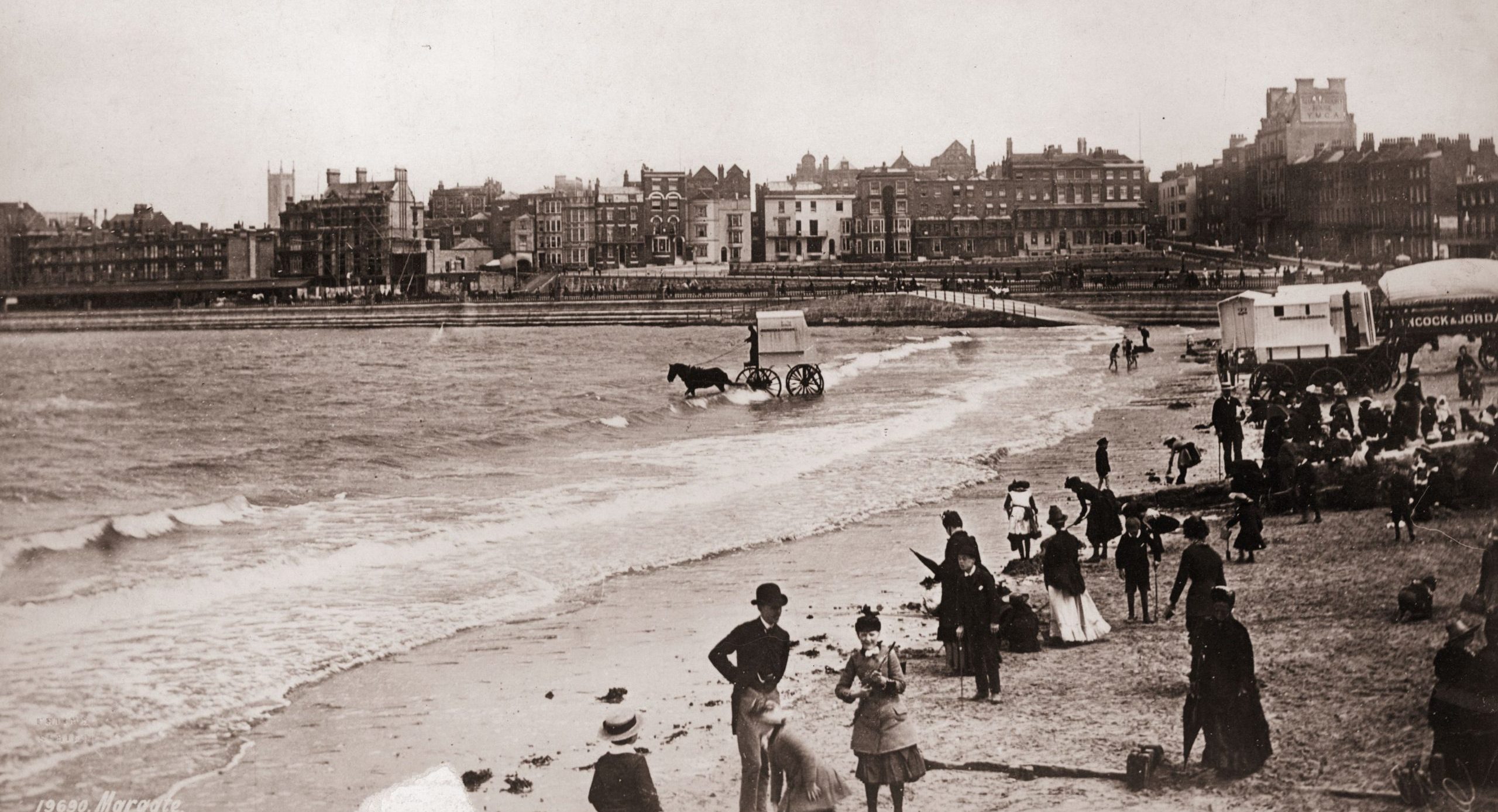
Throughout the Victorian era, England’s railway system expanded so rapidly that the country’s beauty spots suddenly became accessible to the working masses. As a result, day-tripping to the coast to enjoy promenading on the sand, fishing and flying kites became the new leisure activity of choice. However, beachwear in the Victorian era was a pretty austere affair.
Working hard or hardly working
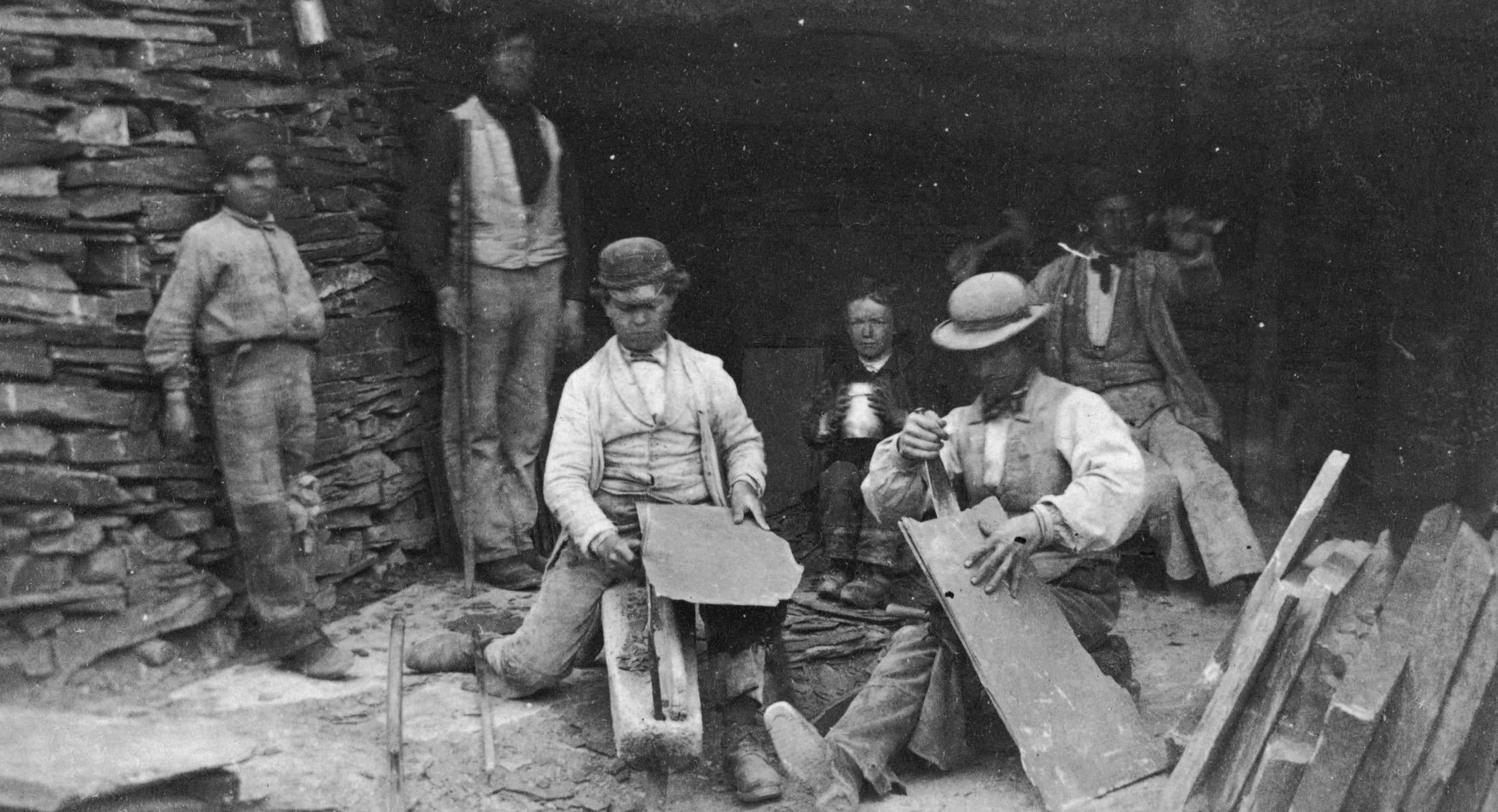
The industrial revolution might have brought new wealth, industry and productivity to Britain, but it wasn’t without its downsides. Working people in the Victorian era had little in the way of benefits or protections, and it was common for parents to have kids for the purpose of enrolling them in a trade or using them to feed the massive amount of factories.
Anyone for tea?
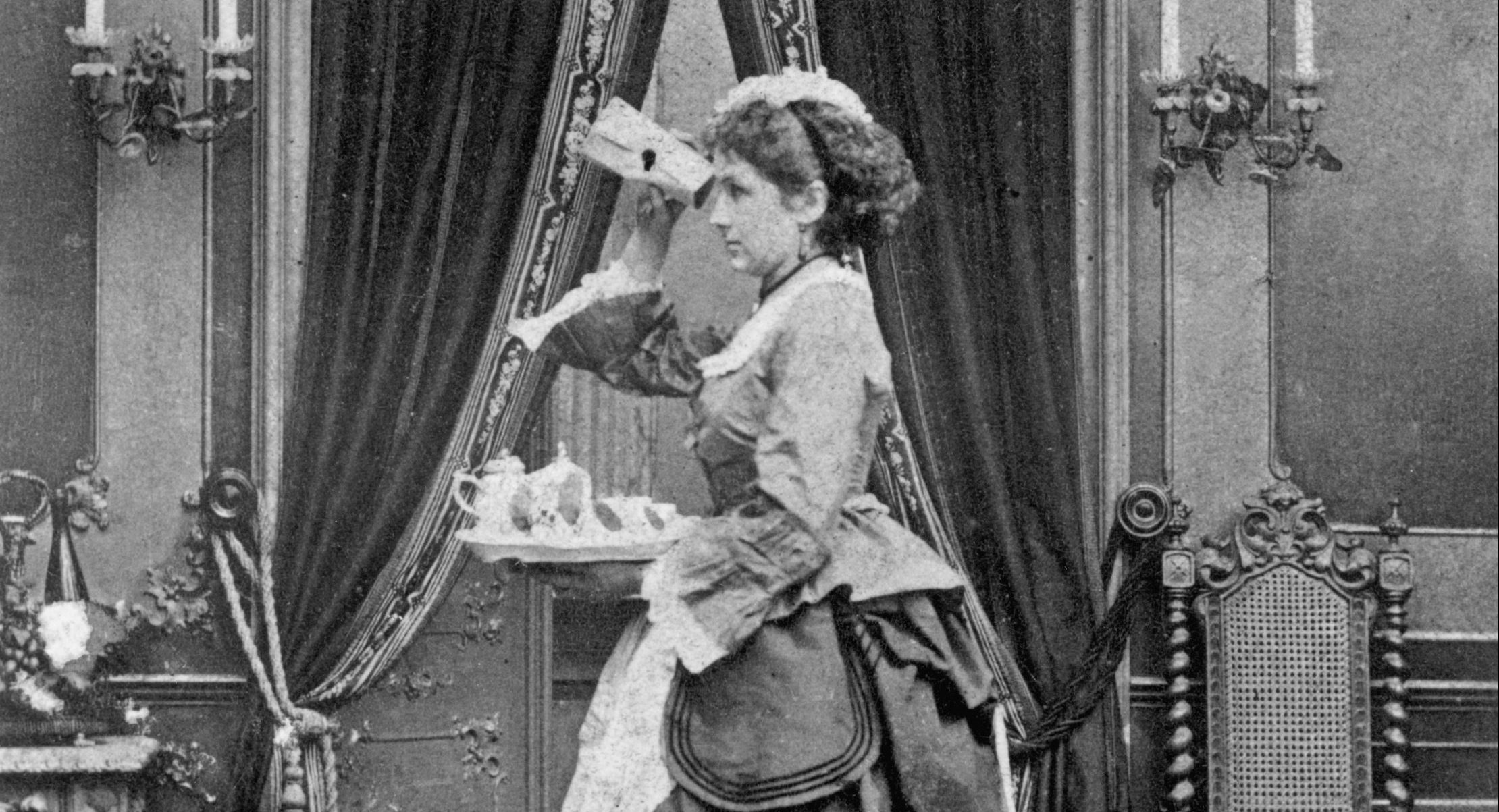
Throughout the Victorian era, there weren’t many professions considered proper for a woman to have, especially if she had hopes of marrying and raising a family herself one day. If you didn’t want to be a governess or a nurse, assisting a household as their maidservant was considered proper, although these women often didn’t marry and remained in service for decades.
A night at the theater
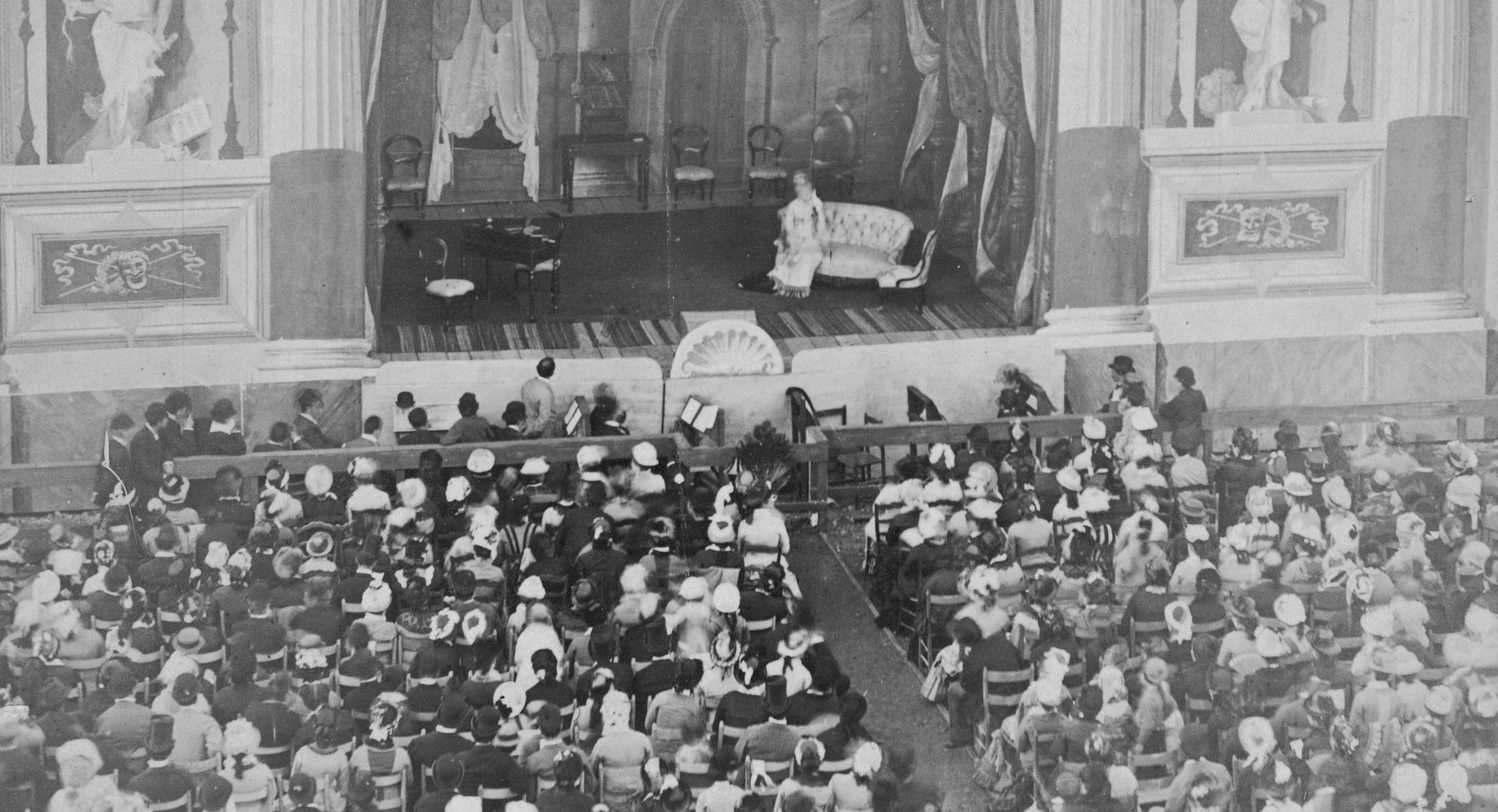
Though going to the theater has been a popular pastime for as long as people have been writing productions, they exploded in popularity in the Victorian era, both because Queen Victoria was a great supporter of the arts and because more transportation options made it safer to move around at night. The theater was mostly attended by the working masses, with aristocracy sitting in boxes above.
One for me, and one for the lady there
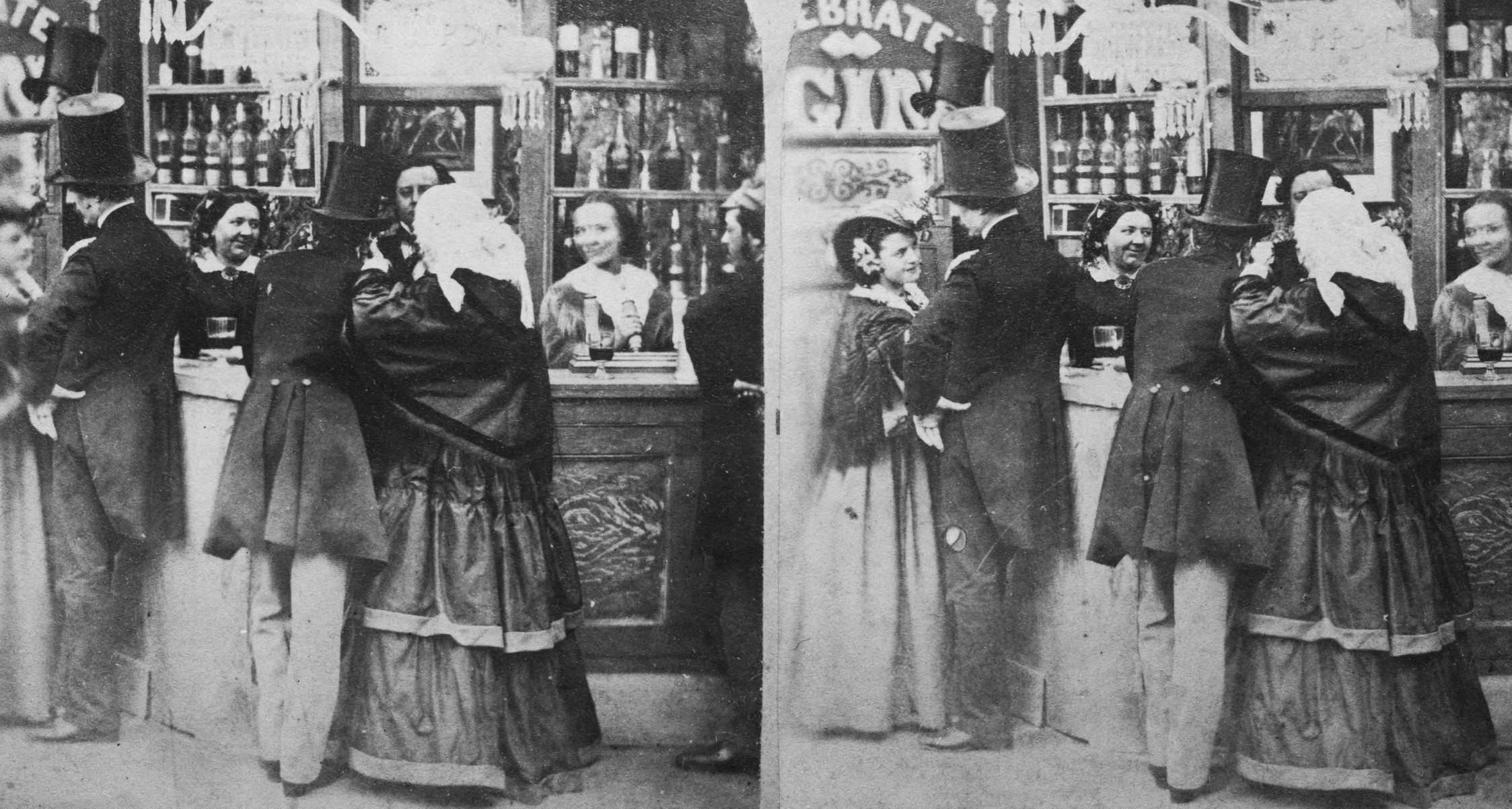
Throughout most of the 19th century, public houses were attended almost exclusively by working-class men looking to blow off steam after a week of hard work, and it was common for fights or riots to break out. However, in the late 1800s and early 1900s, more pubs were built in middle-class neighbourhoods, and so women became more and more frequent patrons.
A picture of happiness
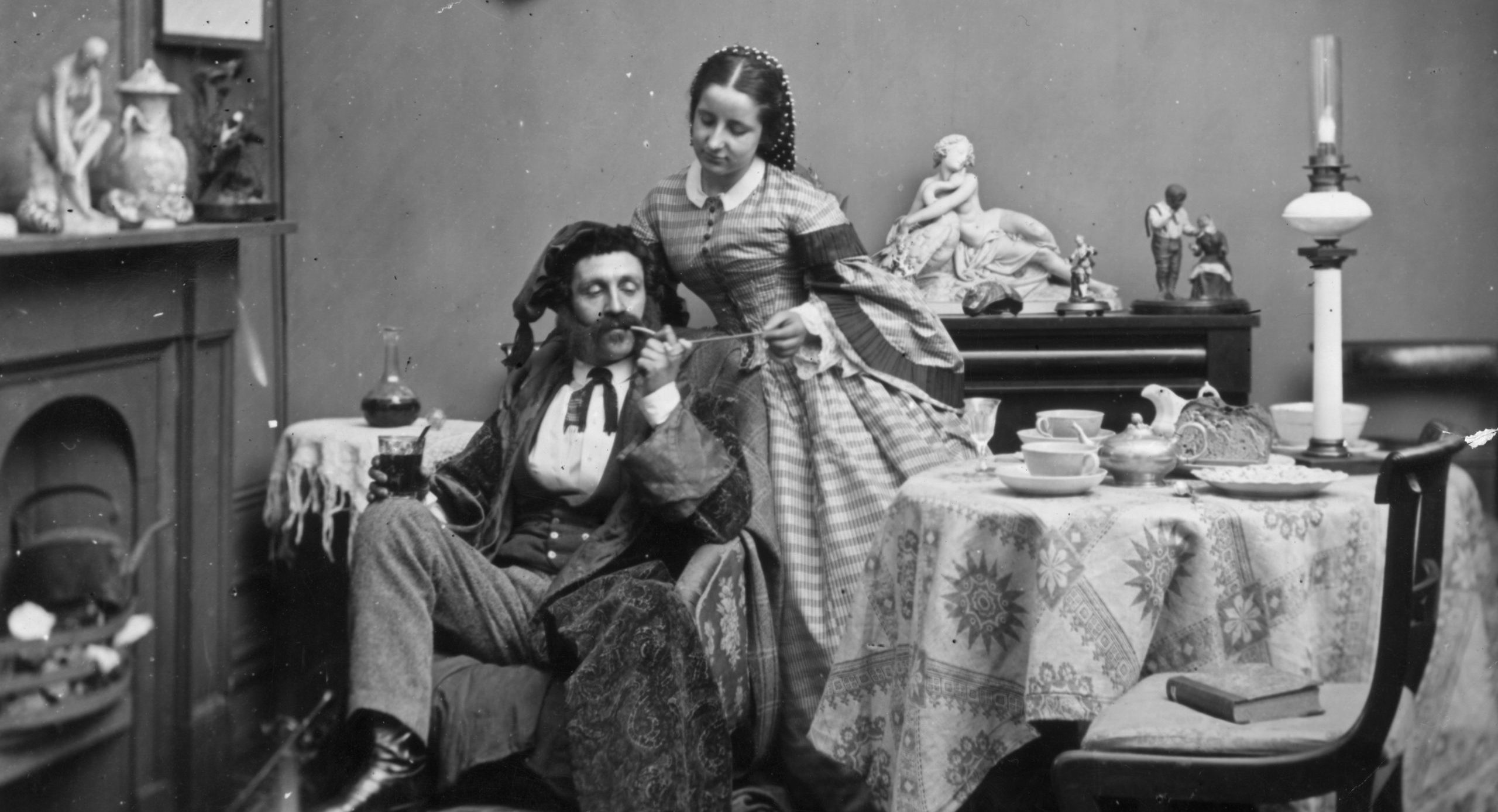
Throughout the Victorian era, gender roles were far more strict than they are today, with women being encouraged to marry and have children no matter their social class or professional goals. However, the idea of the picture-perfect Victorian family was beginning to be parodied in pamphlets and magazines, which made fun of these false, aspirational ideals.
Modesty on wheels
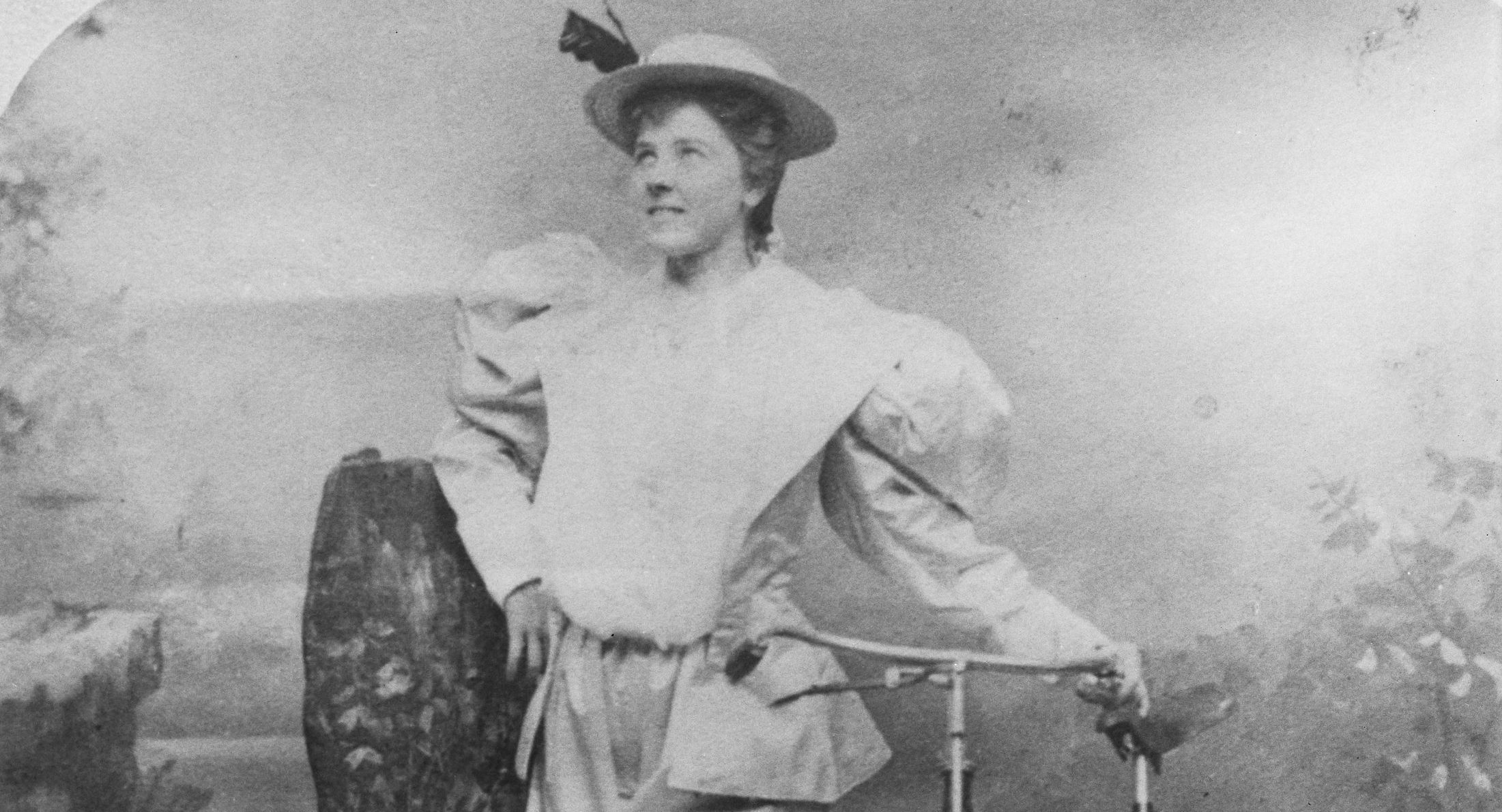
While cycling might seem like a pretty innocuous hobby nowadays, in the Victorian era it represented a new frontier for women’s rights. Many early feminists saw the bicycle as key to giving women more freedom outside of the home, but their long skirts and corsets led to several fatal bike crashes. As a result, designers began selling skirts that could be converted into bloomers for ease of movement.
Anything off the trolley, dear?
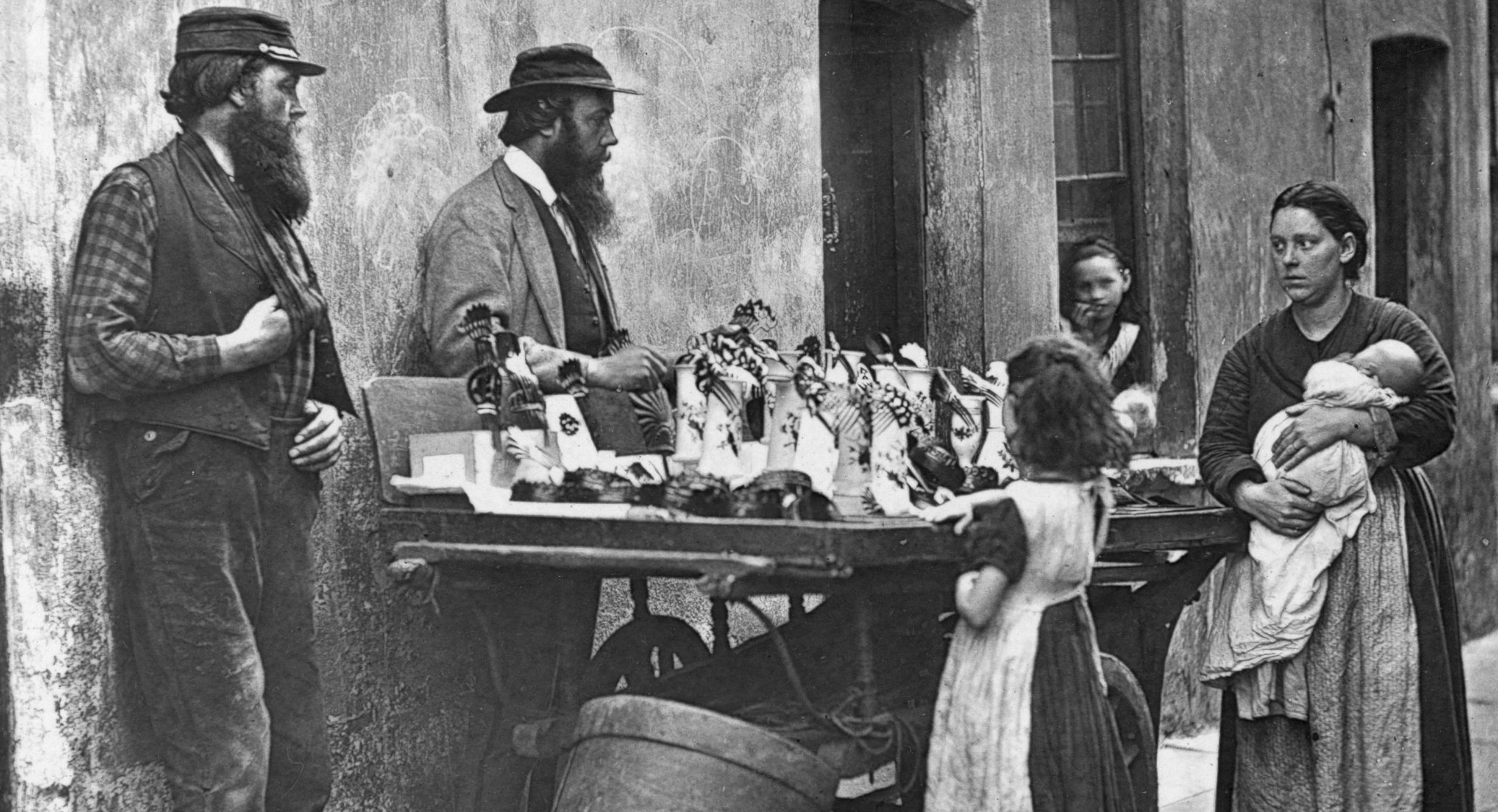
While the industrial revolution led to more factory output and mass-produced toys, clothes and household goods, many of the old ways of commerce were still maintained. Markets were full of travelling salesmen who would journey from town to town selling their wares, and who often had unique items that couldn’t be found anywhere else.
The sewing revolution
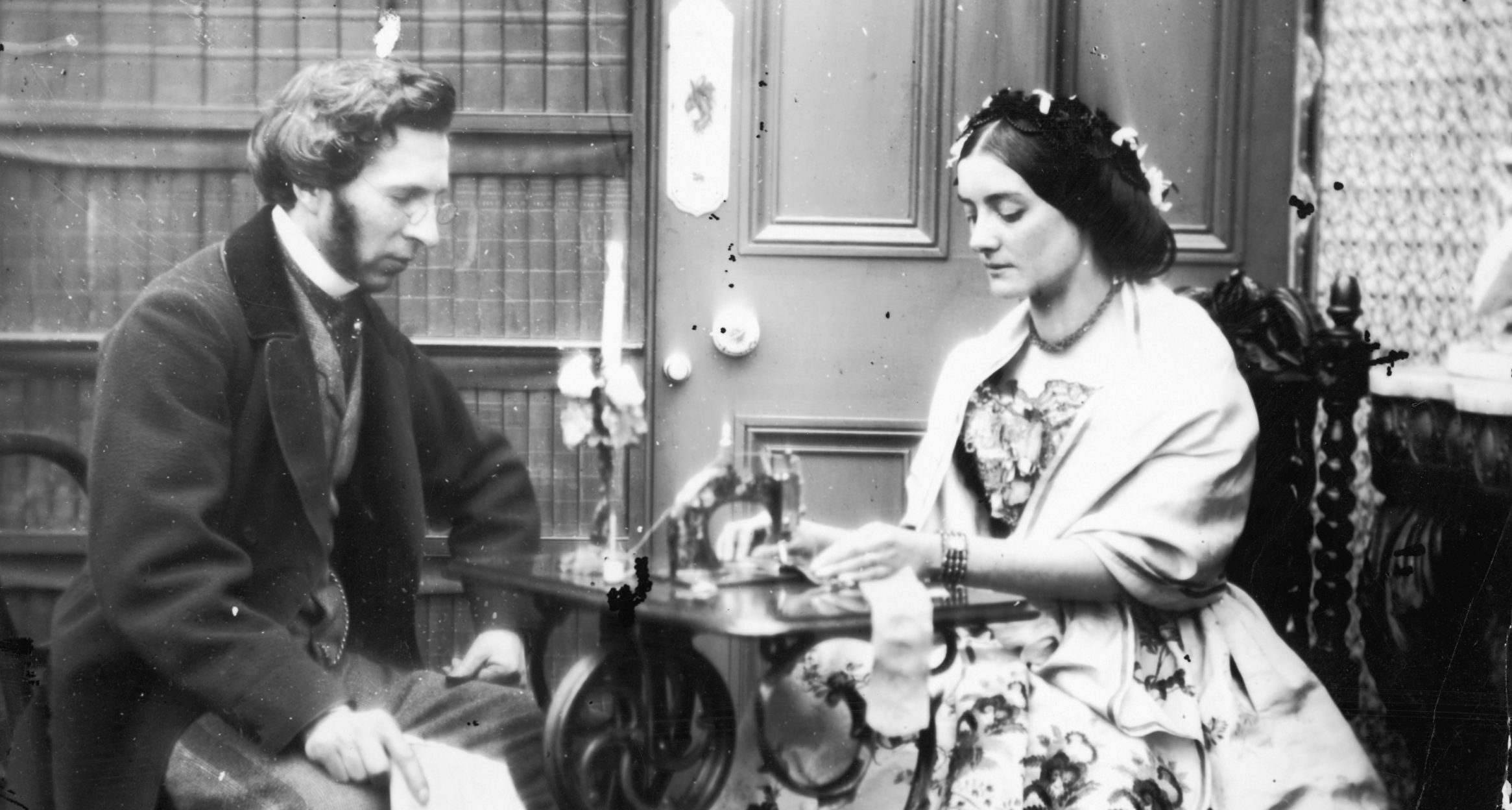
The proliferation of the sewing machine in the late 19th century had a huge impact on life in the Victorian era, but the impact it had varied massively across social groups. While middle-class women rejoiced that the boring parts of sewing could now be accomplished quickly, working-class seamstresses found themselves being paid less to do even more work per day.
A star for the ages
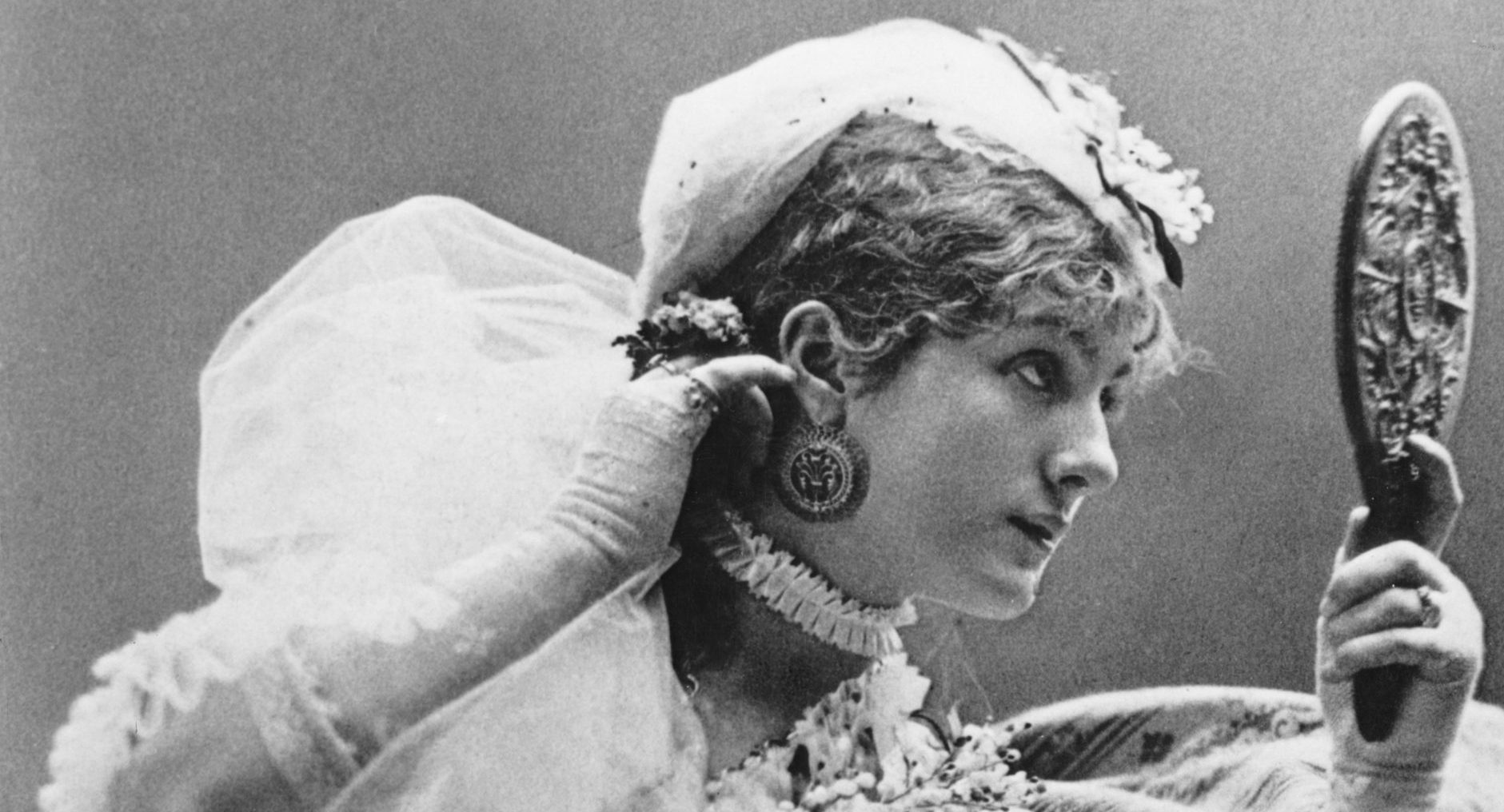
While celebrity culture in the Victorian era was not as inescapable as it is today, performers were still fawned over and admired, even if they didn’t enjoy the social standing or legitimacy that actors in other eras had. Venie Clancey was one such acclaimed and beloved actress, who tragically died from tuberculosis when she was just 23. TB was considered to make people more beautiful before they died.